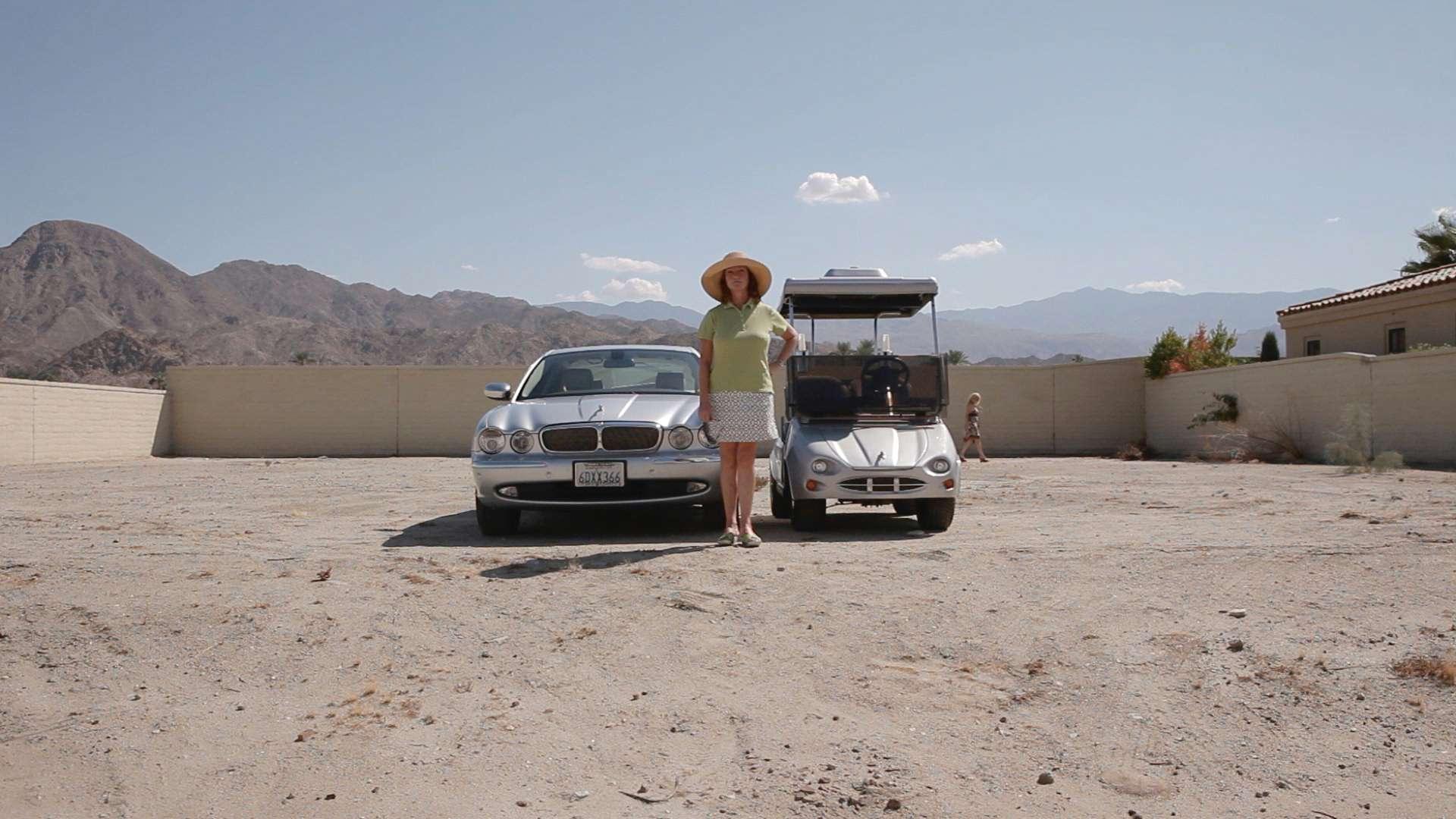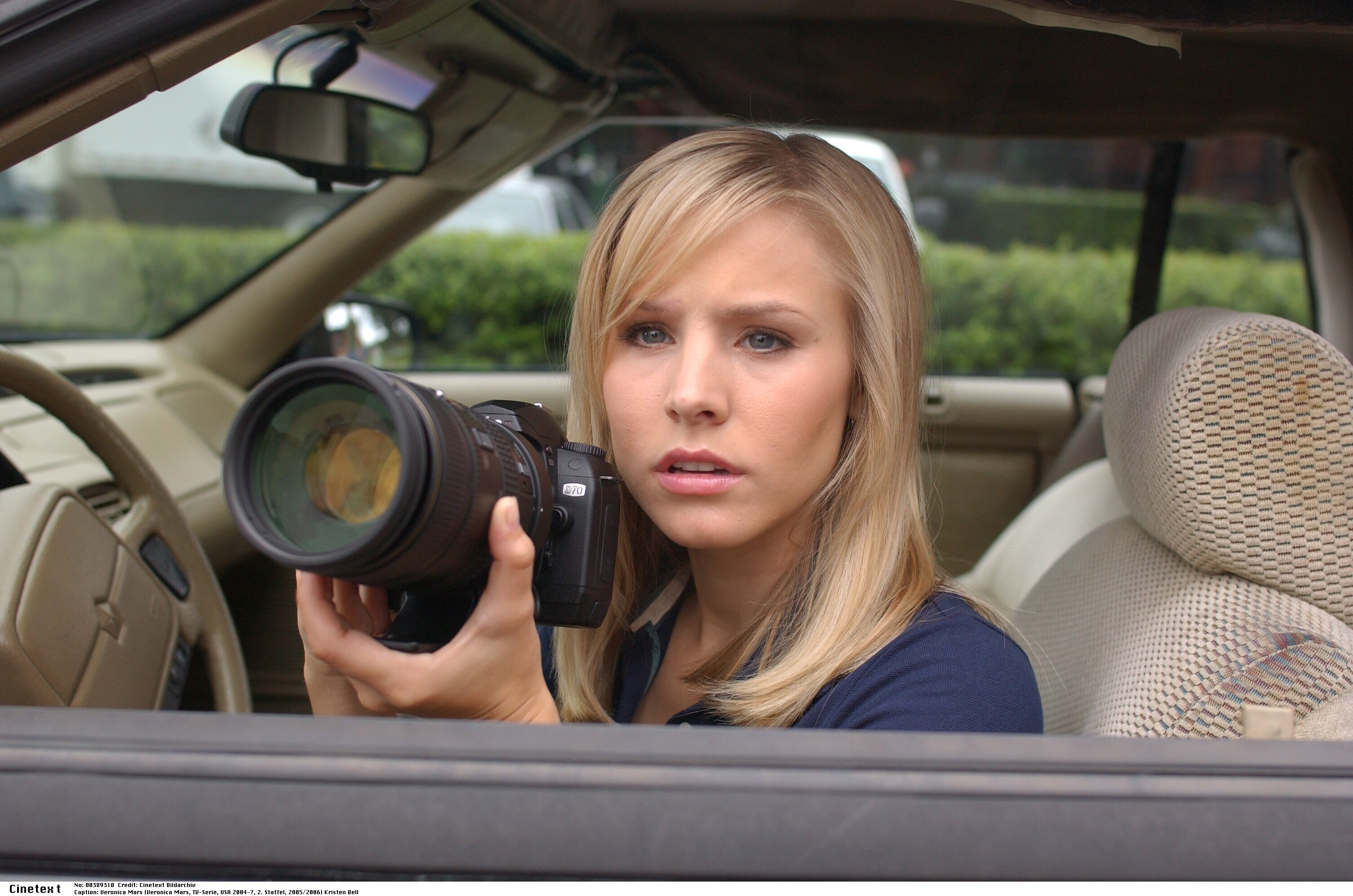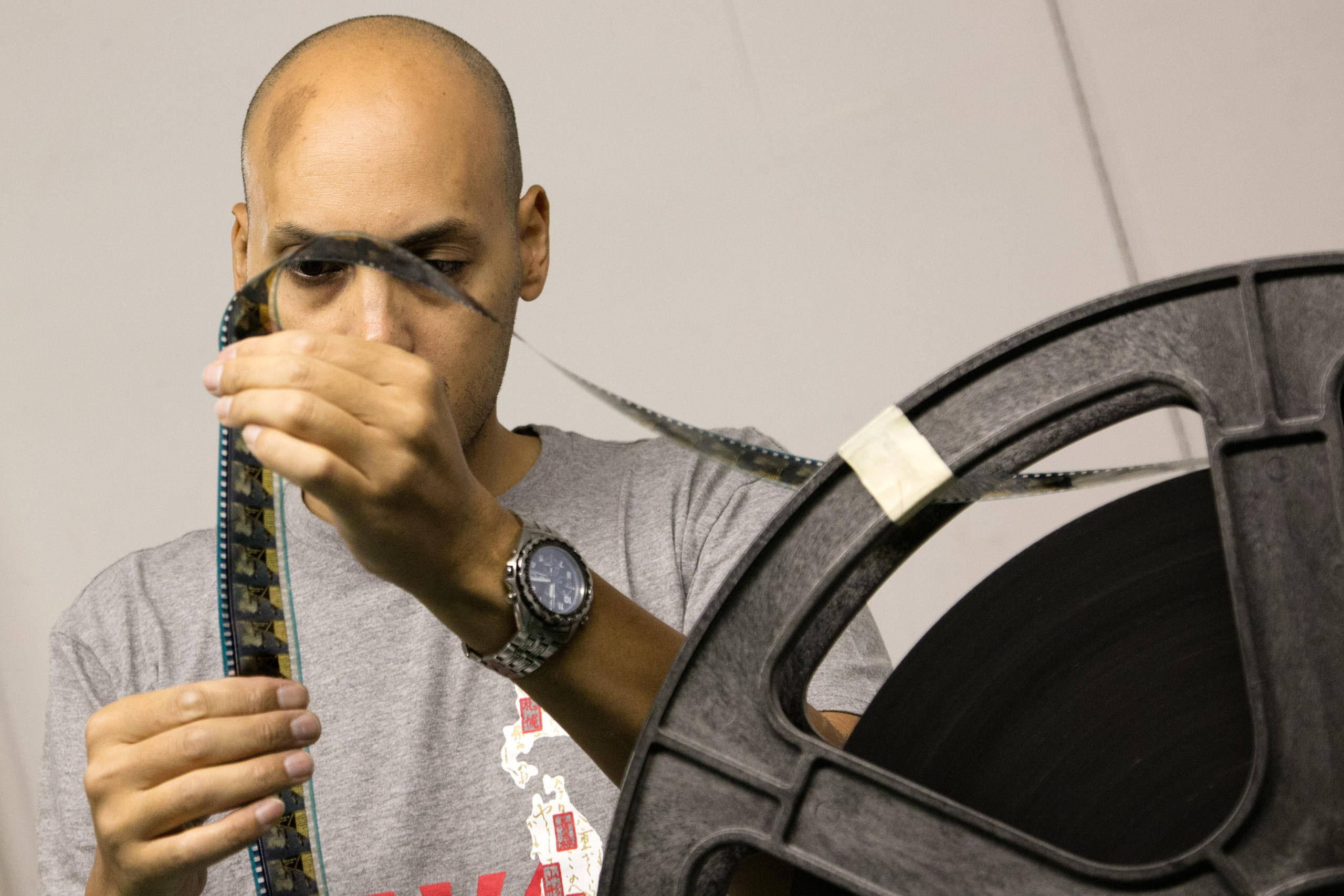When the public bankroll films

What would you pay for a meal cooked by a film director or to have an associate producer credit at the end of a film? If you balk at a $2,000 price tag, then high-end crowdfunding might not be for you. But for ordinary folks stumping up cash to make films showing at the Locarno Film Festival, these are some of the perks.
Adam Sekuler is no stranger to crowdsourced cash. He’s in Locarno to promote Pow WowExternal link, an absorbing portrait of the Coachella Valley desert and the people who live in it. Around three-quarters of the film’s budget was crowdfundedExternal link by the producer Victoria Nevinny, including Sekuler’s wages as editor.
This is the fifth time he has been involved in a creative project that uses cash from mainly friends and family. He in turn is a regular contributor to other people’s ventures. His enthusiasm is contagious.
“People are supporting you for pursuing your passion. There are few spaces in this world where that happens.” It’s so common in the United States, he no longer feels he is putting his friends out when he hits them up for cash once again. “I support their projects, they support mine. The shared part of this economy is that this money is moving in and out of our wallets at the same time.”
Fresh cash injections were needed again and again for Pow Wow, a film five years in the making with multiple shoots in the desert and a narrative that developed the more eccentric people they encountered.
It helped having a known director behind the film, so people felt their investment was safe. And with money from friends and family, rather than big spenders with vested interests, it gave the project extra creative freedom.
“I think most people go to crowdfunding because they can maintain control over their project. If someone says here’s $5 million (CHF4.9 million), that person wants a lot of say in how the project turns out. With this project there’s a few hundred people who funded with small donations.” $25 was the most common pledge, for which Sekuler jokes they probably got a hug.
Whereas in the US the crowdfunding mania has probably plateaued (with people asking for money for almost anything nowadays), in Switzerland it’s really just blossoming.
The government has seen fit to issue papers on it and published a “pioneering” studyExternal link a few months ago on its uptake. Of the CHF27.3 million ($27.8 million) raised in crowdfunded cash in Switzerland in 2015, CHF6 million went into cultural projects, of which CHF607,000 was for 58 film and video projects (second only to music and start-ups). The study authors call it a “pertinent” source of funding for culture and note that it is particularly suited to niche projects and newcomers.
Instant distribution network
It’s no surprise to the deputy head of cinema at the Federal Office of Culture. I catch up with Laurent Steiert 24 hours after a feisty meeting of Swiss industry bods, where film critic Christian Jungen said the sheer number of production companies (up to 700) was a drain on financing. There has been a 100% increase in the number of production companies set up in the last ten years and just a quarter of filmmakers applying for national, cantonal or television funds are successful.
So is there room for crowdfunding amongst these industry growing pains?
Steiert says alternative financing like crowdfunding typically goes into Swiss shorts and animations. It’s not used much because it usually represents a small amount of a total budget. But there is a place for it in the future, he notes.
“We are taking crowdfunding seriously. It’s also an indicator of how younger filmmakers approach film financing. If they have a hard time getting money for a short film because of having to fill out so many applications, they will find other strategies.”
Ultimately he argues crowdfunding is more relevant for gathering people around you as early as possible who have an interest in your film. “It’s more a promotional strategy.”
That’s an experience shared by the Polish makers of Monk of the SeaExternal link, another film premiering at Locarno. Set in Thailand, the charming documentary tells the story of a young man’s journey from party-goer to trainee monk.
Around 10% of the total budget was crowdfunded to pay for post-production. The director made Thai soup at his home for around 15 people who paid for one of the most expensive pledges.
Producer Pawel Kosun looks a little tired from the frantic networking that happens at the festival. But both he and marketing coordinator Anna Frankowska instantly warm to the subject of crowdfunding. Not only are people helping to fund the film, but they are the first crucial audience, they argue.
“You build a community and before you even go into distribution you have this very strong community who really root for you and want this to be successful,” Kosun says.
“As a producer, even if I had enough money for a project I would start a crowdfunding campaign at the end of production just so people would get to know about the film. It’s one of the best ways I know right now, because you get really direct [access] to the people who are interested in this kind of topic.” In his case it was the Buddhist and yoga community.
It “definitely” should be a model in the future, he adds, as it makes filmmakers think about the public.
‘Felt strange’
Over at the Rialto Cinema, people are being turned away from the packed-out second screening of Donald CriedExternal link, chosen by Locarno for its filmmakers of today competition. With its darkly funny script about returning to your hometown, it’s easy to see why the film is winning acclaim.
SXSW Film Review: ‘Donald Cried’ https://t.co/0Dv0KrlHKgExternal link
— Variety (@Variety) March 13, 2016External link
The feature also turned to crowdfunding to collect $20,000 for post-production. The director promised a tour of the Rhode Island locations where the film was set for the top pledges of $2,500.
Why did they do crowdfunding? I ask one of the main actors, Jesse Wakeman, who is hanging around after the screening. “We’d never done it before, we felt strange about it, everyone does. But we had been saving our chips, we hadn’t called on all these people to ask for money,” he says, although he has mixed feelings about the process.
“Eventually a company is making money off of it, so if that’s the case why are people’s hard-earned dollars going to this thing that eventually gets sold? At the same time, in the independent film world, we all know what that is like now, there’s not so much money, so it’s kind of necessary.”
Crowdfunding facts
Each year the Lucerne University of Applied Sciences publishes a Crowdfunding Monitoring Switzerland report. This year it was asked to prepare a special reportExternal link looking at the impact on funding culture. The Federal Office of Culture calls the study, out in April, a “pioneering work”.
Technology and start-ups took the lion’s share of crowdfunding income, followed by music and film. Publishing, dance, painting, design and fashion are also popular. Cultural projects earned on average CHF7,000.
Crowdfunding was most popular in urban areas and crowdfunders often live close to the project they fund.
Indiegogo and Kickstarter were the biggest international platforms used. The Swiss sites being used most for cultural projects are wemakeit, 100-days and ProjektStarter.
During the period February 2012 to April 2015, 73% of Swiss film and video projects succeeded in raising capital.
According to figures from Massolution, crowdfunding globally raised CHF16.6 billion in 2014, a 167% increase on the previous year. Film and performance art accounted for CHF2 billion. Kickstarter reported in May that over one million people had donated to 12,000 documentaries, of which 5,000 were made.
How would you feel about asking friends and family for money for a personal project? Tell us in the comments section below.
Contact the author on Twitter @jessdace

In compliance with the JTI standards
More: SWI swissinfo.ch certified by the Journalism Trust Initiative












You can find an overview of ongoing debates with our journalists here . Please join us!
If you want to start a conversation about a topic raised in this article or want to report factual errors, email us at english@swissinfo.ch.